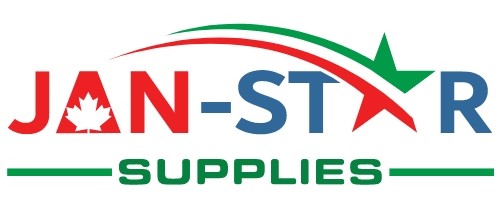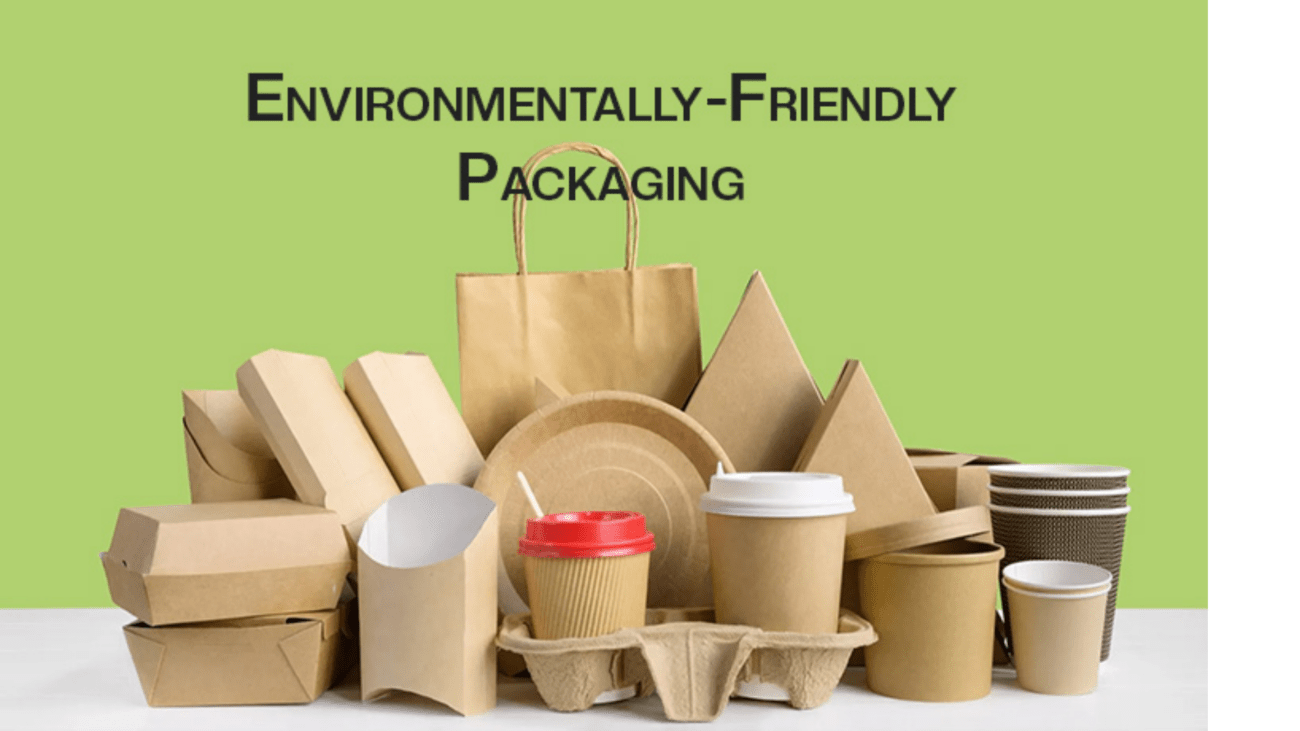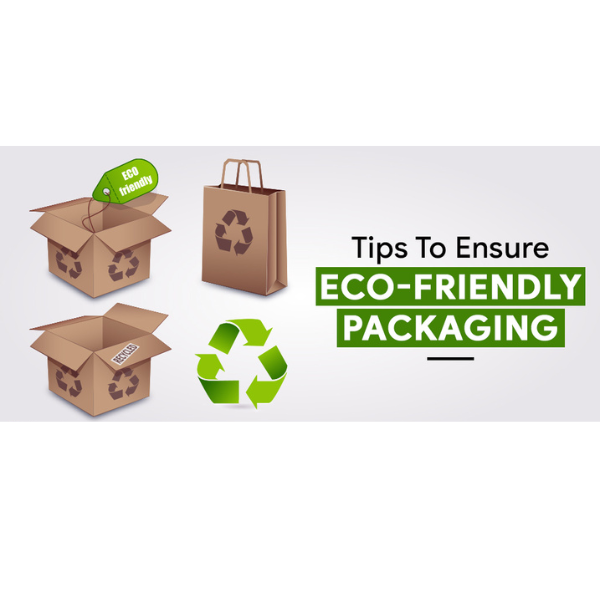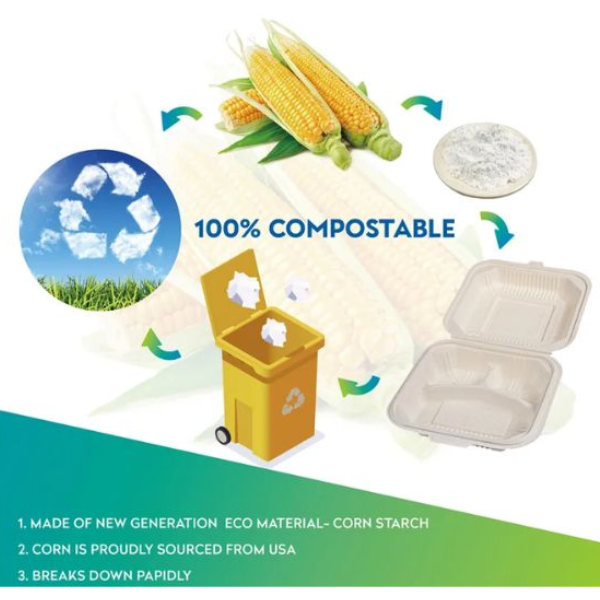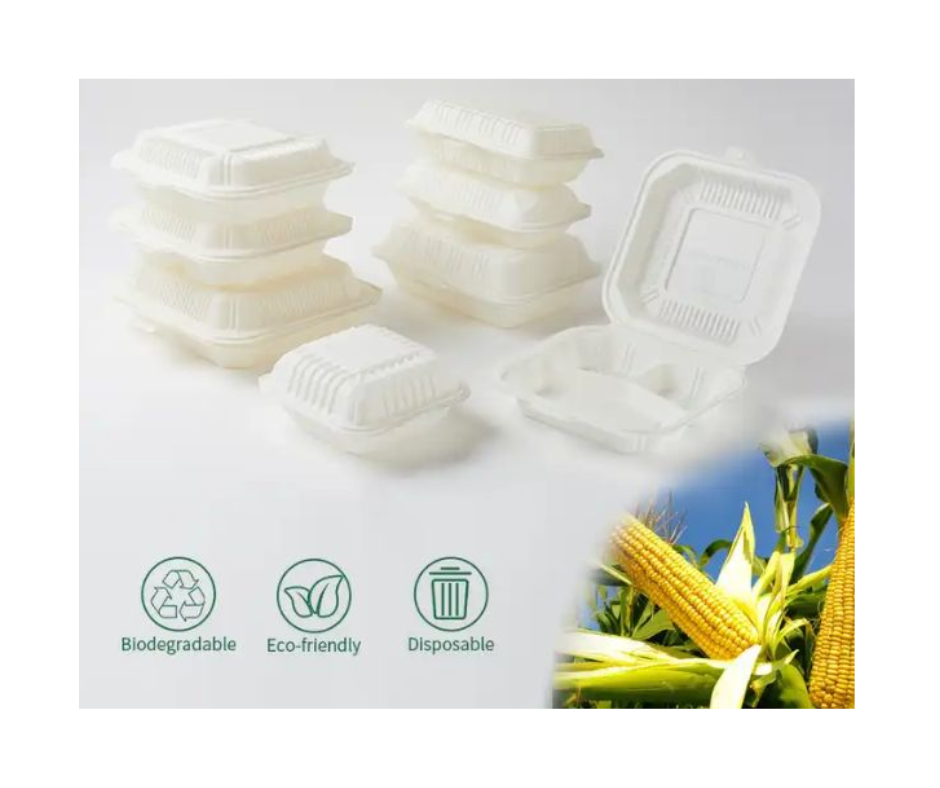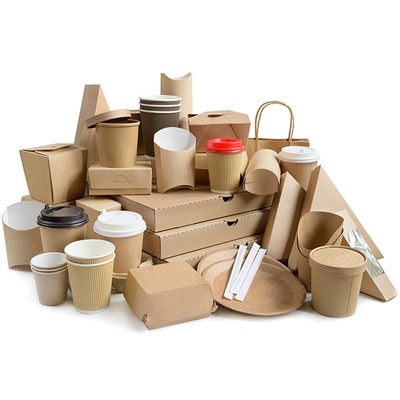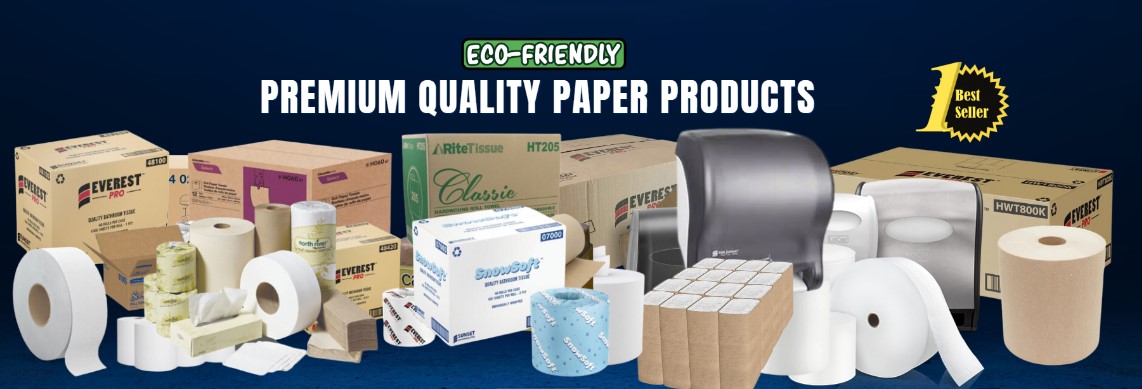Food Packaging Challenges: Addressing Moisture, Temperature, and Contamination
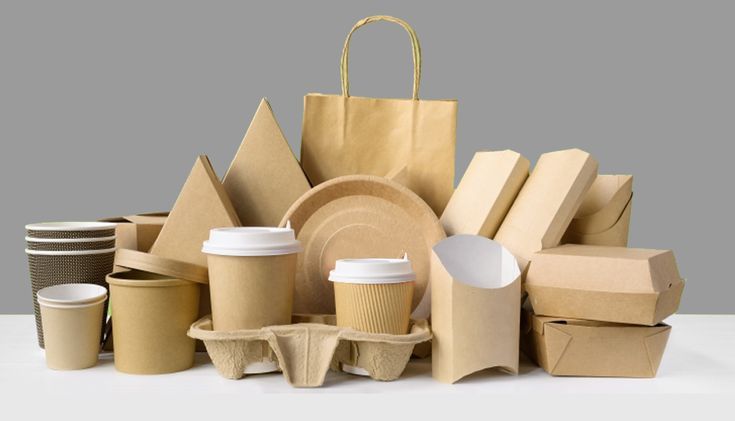
Food Packaging Challenges: Addressing Moisture, Temperature, and Contamination
In the dynamic world of food packaging, maintaining product integrity while facing various challenges is a significant concern. For food packaging distributors in Ontario, understanding and overcoming issues related to moisture, temperature, and contamination is crucial for delivering high-quality products. This guide explores these common challenges and offers practical solutions to address them effectively.
The Impact of Moisture on Food Packaging
Why Moisture Control Matters
Moisture is a major factor affecting food quality and shelf life. Excess moisture can lead to microbial growth, spoilage, and a deterioration of product texture and flavor. For packaged foods, it is essential to control moisture levels to ensure that the product remains fresh and safe for consumption.
Challenges:
- Condensation: Occurs when there is a temperature difference between the food and the packaging material, leading to water droplets inside the package.
- Leaking Packages: Can result in moisture ingress and compromise the product’s integrity.
Solutions:
- Barrier Packaging: Use moisture-resistant barrier films and laminates to prevent water vapor from reaching the food.
- Desiccants: Include desiccant packets within the packaging to absorb excess moisture.
- Seals and Laminates: Ensure high-quality seals and laminates to prevent leaks and maintain moisture control.
Temperature Control in Food Packaging
Maintaining Optimal Conditions
Temperature fluctuations can significantly impact the safety and quality of food products. Proper temperature control is essential to prevent spoilage, preserve freshness, and extend shelf life. This is especially critical for perishable goods and products with specific storage requirements.
Challenges:
- Temperature Abuse: Exposure to temperatures outside the recommended range can cause bacterial growth and spoilage.
- Inadequate Insulation: Packaging that doesn’t provide sufficient insulation can lead to temperature changes that affect food quality.
Solutions:
- Insulated Packaging: Use packaging materials with thermal insulation properties to maintain stable temperatures.
- Temperature Monitoring: Implement temperature indicators or data loggers to monitor and record temperature conditions throughout the supply chain.
- Refrigerated Transport: For perishable items, ensure that refrigerated transport is used to keep products at the correct temperature.
Contamination Risks in Food Packaging
Ensuring Safety and Hygiene
Contamination is a critical concern in food packaging, as it can lead to foodborne illnesses and compromise product safety. Contaminants can come from various sources, including packaging materials, handling processes, and environmental factors.
Challenges:
- Chemical Contamination: Certain packaging materials may leach chemicals into the food, affecting safety and quality.
- Microbial Contamination: Bacteria and other pathogens can contaminate food during the packaging process.
Solutions:
- Food-Grade Materials: Use packaging materials that are certified for food contact and do not contain harmful chemicals.
- Cleanroom Environments: Ensure that packaging operations are conducted in cleanroom environments to minimize microbial contamination.
- Quality Control: Implement rigorous quality control measures to test for contamination and ensure that packaging materials meet safety standards.
Strategies for Effective Packaging Solutions
1. Choose the Right Materials
Selecting appropriate packaging materials that address moisture, temperature, and contamination issues is crucial. Consider materials that offer barrier properties, insulation, and chemical safety.
2. Implement Robust Testing
Conduct thorough testing of packaging materials to assess their performance under various conditions. This includes testing for moisture resistance, temperature stability, and contamination control.
3. Optimize Packaging Design
Design packaging with features that enhance moisture control, temperature management, and contamination prevention. This may include incorporating desiccants, using insulated layers, and ensuring secure seals.
4. Train and Educate Staff
Educate your team on best practices for handling and packaging to prevent contamination and ensure that packaging materials are used correctly. Regular training can help maintain high standards and improve overall product safety.
5. Stay Informed and Adapt
Keep up-to-date with the latest advancements in packaging technology and regulatory changes. Adapting to new solutions and industry trends can help address emerging challenges and improve packaging effectiveness.
Conclusion: Overcoming Packaging Challenges
Addressing the challenges of moisture, temperature, and contamination is essential for maintaining the quality and safety of food products. By selecting the right materials, implementing effective solutions, and staying informed about industry advancements, food packaging distributors in Ontario can ensure that their products meet high standards of freshness and safety.
Call-to-Action: Evaluate your current packaging solutions and consider incorporating advanced materials and technologies to better manage moisture, temperature, and contamination. Enhance your product quality and consumer satisfaction with effective packaging strategies.
